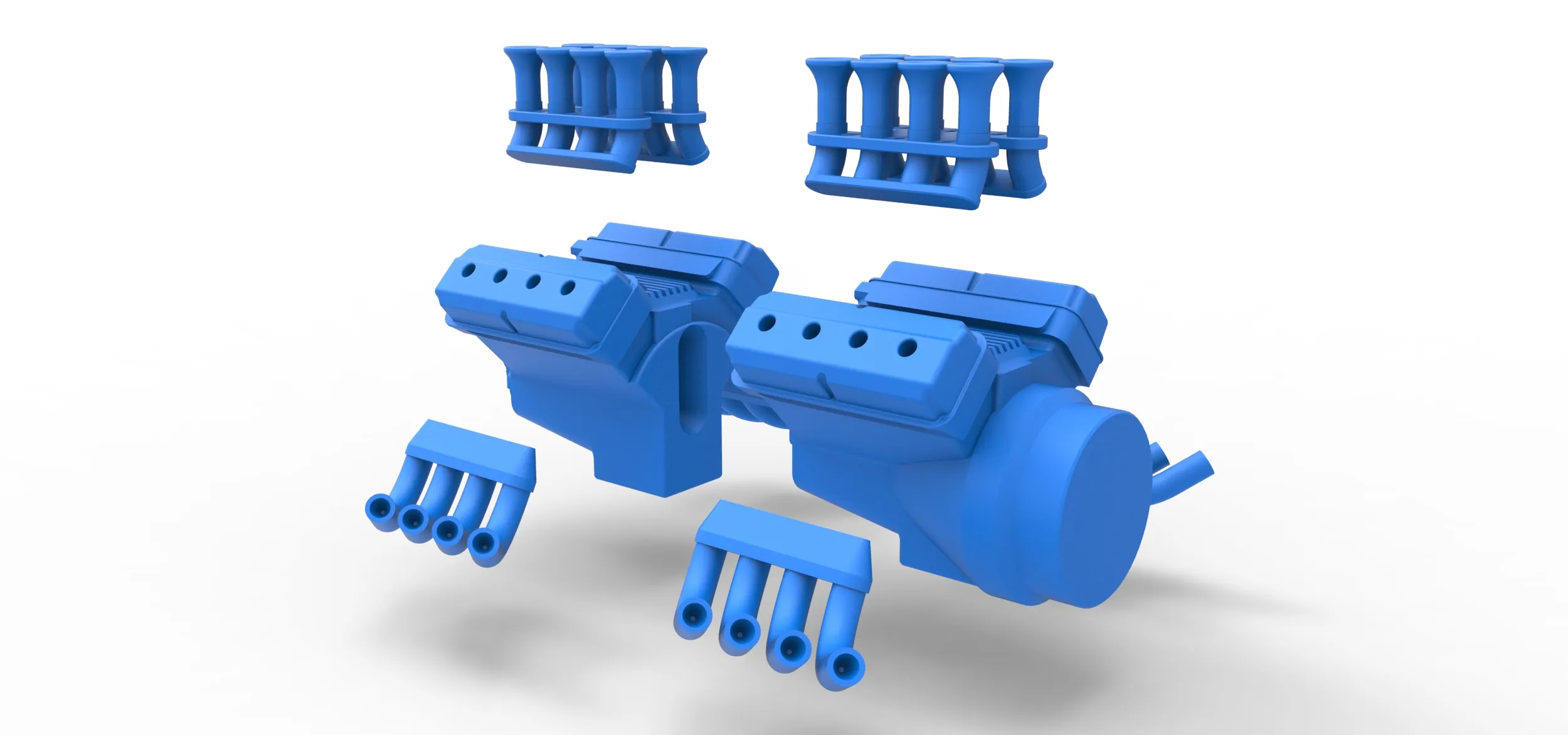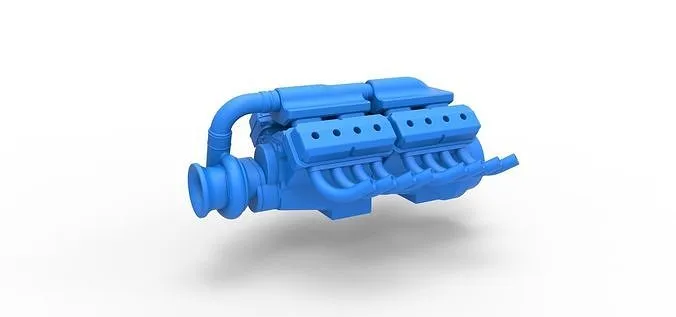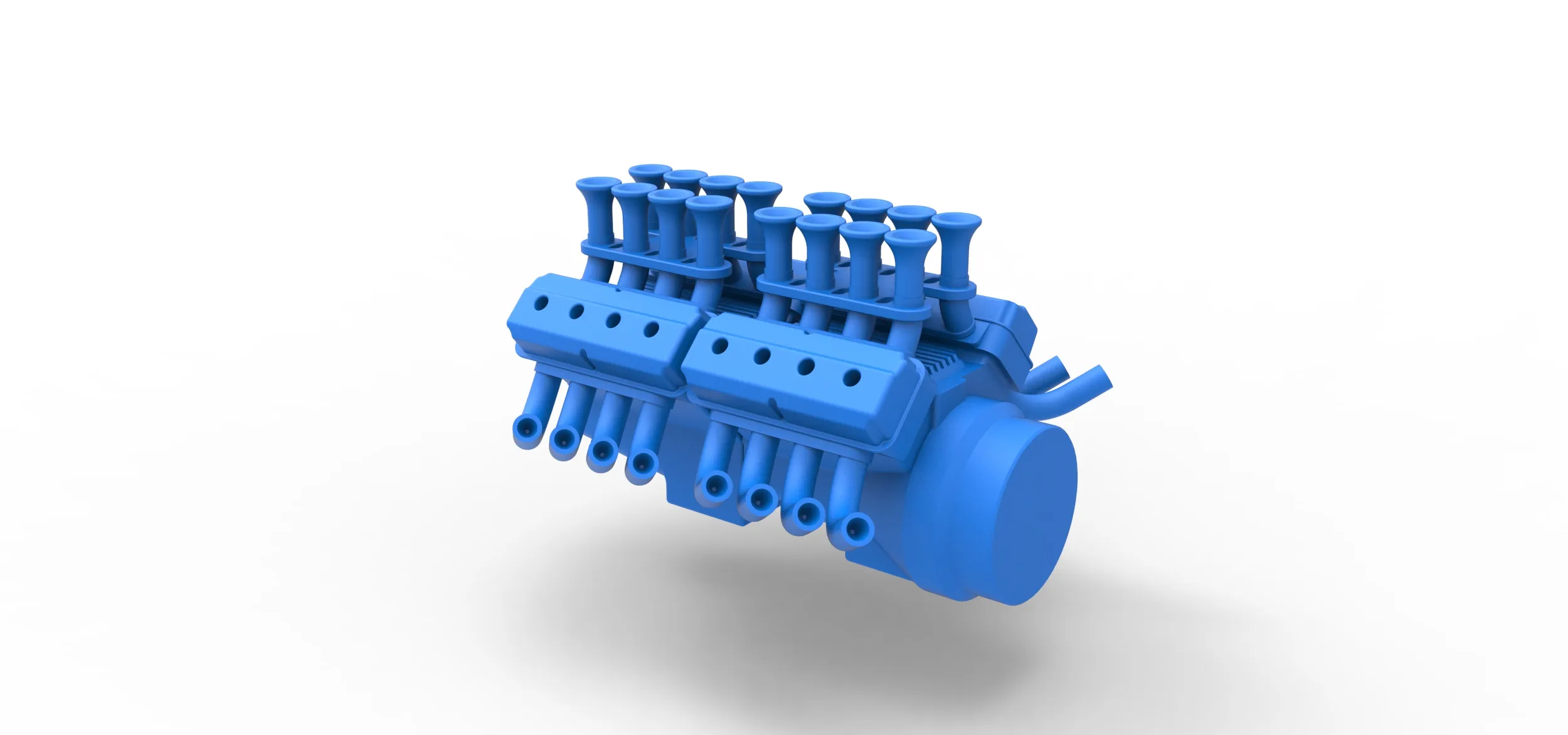Choosing Diecast Engines What to Consider
Choosing the right diecast scale engine can be an exciting endeavor, whether you’re a seasoned collector or just starting. These miniature marvels capture the essence of real-world engines, offering a unique way to appreciate engineering and design. But with various scales, materials, and features, knowing where to begin can be daunting. This guide will walk you through the critical factors to consider when selecting the perfect diecast engine for your collection, ensuring you make informed choices and find pieces you’ll cherish for years to come. From understanding scale differences to evaluating build quality and brand reputation, we’ll cover everything you need to know to navigate the world of diecast engines successfully. Remember, the best engine is the one that speaks to your passion and aligns with your collecting goals, so let’s dive in and discover the world of diecast scale engines.
Scale and Size Understanding the Options
Scale is perhaps the most fundamental aspect of diecast engine collecting. It dictates the engine’s size relative to the real-world counterpart. Common scales include 1:43 and 1:18, though others exist. The scale determines how much detail can be incorporated, the engine’s presence in your display, and, often, the price. Larger scales like 1:18 offer more room for intricate details, allowing for a more realistic representation of the engine. They tend to be more expensive due to their size and complexity. Smaller scales, such as 1:43, are generally more affordable and space-saving, ideal for collectors with limited display areas. Consider your available space, budget, and preferred level of detail when choosing a scale. A well-curated collection often includes a mix of scales to showcase the diversity of engine designs and manufacturers, making the selection a personal reflection of your collecting preferences.
1:43 Scale Engines

1:43 scale engines are popular among collectors due to their balance of detail and affordability. They are typically smaller than 1:18 scale models, making them easier to display and store. The reduced size doesn’t necessarily mean a compromise in detail; many manufacturers craft exquisite 1:43 scale engines with remarkable accuracy. This scale is an excellent starting point for new collectors or those with limited space. The smaller size also makes 1:43 scale engines more accessible in terms of cost, allowing you to build a diverse collection without breaking the bank. These engines are often crafted with precision, incorporating detailed features that capture the essence of their full-size counterparts. The wide variety of available models in 1:43 scale ensures there is an engine to suit every collector’s taste, from classic designs to modern powerhouses.
1:18 Scale Engines
1:18 scale engines offer a superior level of detail due to their larger size. This scale allows manufacturers to incorporate more intricate features, such as detailed wiring, realistic paint finishes, and finely crafted components. These engines are often the centerpiece of a collection, attracting attention with their impressive presence. While they are generally more expensive than smaller scales, the enhanced detail and realism justify the investment for serious collectors. The 1:18 scale is ideal for those who appreciate the engineering aspects of engines. Collectors can admire the complex designs and appreciate the craftsmanship that goes into each model. These engines become a statement piece within a collection, offering an immersive and visually stunning experience.
Material and Build Quality
The material and build quality of a diecast engine directly impact its durability and visual appeal. Most diecast engines are made from a combination of materials, with diecast metal being the primary component, often complemented by plastic and rubber parts. High-quality diecast models use durable metals that can withstand handling and maintain their shape over time. The quality of the paint finish is also crucial; a well-applied paint job enhances the engine’s realism and protects it from wear. Look for models with tight panel gaps, smooth surfaces, and realistic detailing in the plastic and rubber components. Examining the assembly process is also important; properly assembled models will have parts that fit snugly, with no loose pieces or visible glue marks. A well-built engine is a sign of quality and will provide years of enjoyment, preserving its value and aesthetic appeal.
Metal vs Plastic

Diecast metal provides weight and a premium feel to the engine, contributing to its durability. Plastic components, used for parts such as intake manifolds, valve covers, and intricate details, allow for greater design complexity and cost-effectiveness. High-quality plastic can replicate fine details and provide a level of realism that metal alone cannot achieve. The balance between metal and plastic is critical. Some manufacturers use more metal for a premium feel, while others incorporate more plastic to achieve intricate designs at a lower cost. A well-made diecast engine will seamlessly integrate both materials. Look for models where the metal components are sturdy and the plastic parts are well-detailed and securely attached. Avoid models with excessive use of low-quality plastic, as it can detract from the overall appearance and feel of the engine. The blend of these materials often reflects the overall quality and attention to detail in the model.
Details and Features What to Look For
The level of detail in a diecast engine significantly impacts its realism and collectibility. Examine the engine for intricate features such as realistic wiring, finely detailed bolts, accurate logos, and a well-rendered paint finish. The more detail an engine has, the more closely it resembles its real-world counterpart. Some engines may include moving parts, such as a rotating fan or opening compartments, adding to their appeal. Collectors often seek models with historically accurate details, such as specific engine configurations or markings. The accuracy of the engine’s components is paramount, from the design of the cylinder heads to the routing of the exhaust pipes. These details make the engine more engaging and a more rewarding collecting experience. High-quality models will also feature clear, well-placed decals and authentic colors that match the original engine’s specifications.
Engine Type
Consider the engine type represented by the diecast model. Different engine configurations offer unique aesthetic and engineering characteristics. Popular types include inline engines, V-engines, rotary engines, and flat engines. Each type has distinct features that collectors often favor. Inline engines, known for their straightforward design, are popular for their simplicity and historical significance. V-engines, with their characteristic angled cylinders, are a staple in performance vehicles and offer a striking visual appeal. Rotary engines, with their smooth operation and unique design, are highly sought after for their distinctiveness. Flat engines, also known as boxer engines, have a low center of gravity, offering a different aesthetic. Consider the engineering design of each engine type, as well as its historical or cultural significance. This ensures you are selecting models that align with your interests and enhance the diversity of your collection.
Brand Reputation and Reviews

The brand of the diecast engine is a critical factor. Established brands often have a reputation for quality and attention to detail. Researching different manufacturers helps you identify those known for producing high-quality models. Reading reviews and checking online forums can provide valuable insights into the build quality, accuracy, and overall satisfaction with a particular brand’s engines. Collectors frequently share their experiences and opinions, giving potential buyers a clear picture of what to expect. Brands like CMC, Minichamps, and Autoart are highly regarded for their craftsmanship and realism. However, smaller or newer brands can also produce exceptional models. Always evaluate the specific model rather than relying solely on brand reputation. Comparing customer reviews, examining detailed photos, and comparing the engine’s specifications against its real-world counterpart will help you make an informed decision. The best brands are those that consistently deliver on quality and accurately represent the engines they model.
Price and Budget
Setting a budget is crucial before you start collecting diecast engines. Prices vary widely based on scale, detail, brand, and rarity. Determine how much you are willing to spend on each engine and how much you want to allocate to your collection overall. More detailed and rare models command higher prices, while less detailed models or those from less-known brands may be more affordable. Research the average prices of engines you’re interested in and compare them across different retailers. Watch for sales and promotions, as these can offer opportunities to acquire high-quality engines at reduced prices. The long-term value of diecast engines varies. Some models appreciate over time, especially those from limited editions or iconic manufacturers. Collecting within your budget ensures that you build a sustainable and enjoyable collection without overspending. Remember that the value of a diecast engine isn’t solely measured in price but also in the enjoyment and satisfaction it brings to you as a collector.
Where to Buy and Reliable Sources
Identifying reliable sources is key to a successful diecast engine collecting experience. Several options exist, including online retailers, specialty stores, and collector’s markets. Reputable online retailers like Amazon, eBay, and dedicated model car websites offer a wide selection and competitive prices. Specialty stores that specialize in model cars often provide expert advice and a hands-on experience, allowing you to inspect engines before purchasing. Collector’s markets and shows offer opportunities to find rare and vintage engines, sometimes at favorable prices. When purchasing online, check the seller’s reviews and return policies. Verify that the engine is in its original packaging and that the seller provides detailed photos and descriptions. Always compare prices and consider shipping costs before making a purchase. For rare or high-value engines, consider purchasing from a reputable dealer to ensure authenticity. Buying from reliable sources safeguards your investment and ensures you’re getting a genuine, high-quality diecast engine. Building a collection with trusted sources provides peace of mind and enhances your collecting journey.
In conclusion, selecting the best diecast scale engines involves careful consideration of scale, build quality, detail, brand reputation, and your budget. By following these guidelines and researching different models, you can build a collection that reflects your passion and appreciation for engineering and design. Whether you are drawn to the intricate details of a 1:18 scale engine or the affordability of a 1:43 model, the key is to find engines that resonate with you. Enjoy the process of building your collection, and may your passion for diecast engines grow with each new addition.
